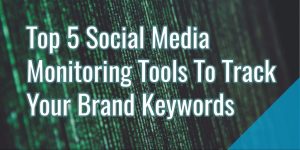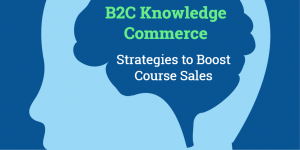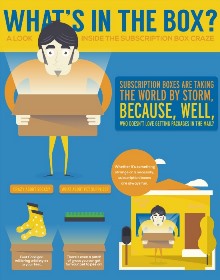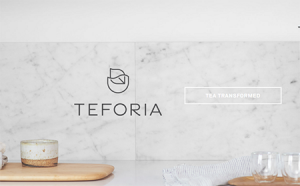A few years ago Business Insider famously published an article entitled “It’s More Likely You Will Survive A Plane Crash Or Win The Lottery Than Click A Banner Ad.” Their list of things you’d have a greater chance of doing:
- Winning a Mega Millions lottery prize
- Getting accepted to Harvard
- Completing Navy SEAL training
- Climbing Mt. Everest
- Surviving a plane crash
Why the contempt? Well, back then banner ads were fairly limited. They could only say so much and do so much. Advertisers were limited to :15 of motion and a hard KB limit. Jump ahead several years and not a lot has changed. While targeting has gotten more sophisticated, there’s still not much opportunity for storytelling. Especially when you’re dealing with a 320×50 or 728×90 ad unit.
There is, however, a new ad format on the scene: Facebook Canvas. It’s the spiritual successor to Apple’s interactive iAds and could revolutionize how we create online ads. If you’re familiar with Facebook’s instant articles, Canvas ads are the brand equivalent. The fast-loading units allow for the incorporation of video, GIFs, large photos and interactive functionality.
Prior to Canvas’ official launch at the end of February, Facebook tested the format with Carnival Cruise Line, Gatorade, Target, Wendy’s, L’Occitane and Michael Kors. Coke, Burberry, Guinness, ASUS and Lowe’s have also embraced the format [you can see several ad examples here]. Not surprisingly, the multimedia ad units have been wildly successful in grabbing consumer attention.

Digiday reports that Carnival Cruise Line saw Facebook users spend almost 3 minutes with their ad. They also stated 50% of those who opened the ad scrolled through to the end. Similarly, Wendy’s cited that 39% of ad openers viewed their Canvas ad to completion for an average engagement time of just over a minute. L’Occitane experienced a lower engagement time (34 seconds) but did share that recall was 11% higher than traditional Facebook ads. Collectively Canvas advertisers have seen 2X the clicks of regular ads.
It’s not hard to interpret the above stats as a repudiation of one-dimensional marketing efforts (we’re looking at you, banner ad). Instead, it shows that brands should look for even more ways to embrace rich storytelling opportunities. With Canvas, Facebook borrowed from the playbook of content marketers. Now, as content marketers, it’s time for us to do a little borrowing of our own by producing interwoven — and interactive — experiences like these.
Digital & Social Articles on Business 2 Community(47)






